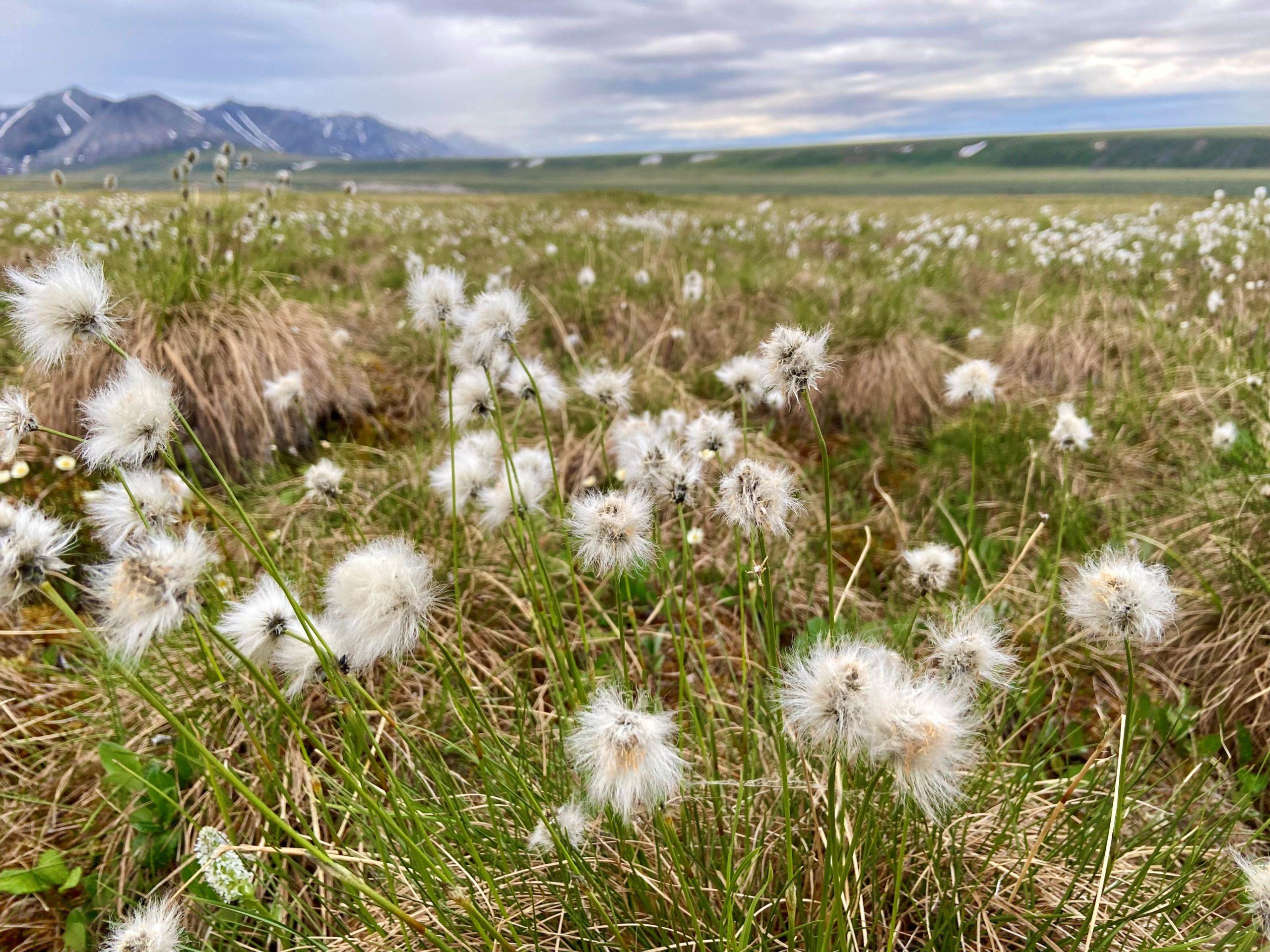
A month in the life of protecting the Arctic
First, the really good news. We won in court this month when a District Court judge dismissed all claims by the Alaska Industrial Development and Export Authority and state of Alaska in their lawsuit attempting to undermine the Interior Department’s temporary pause on leases in the Arctic National Wildlife Refuge.
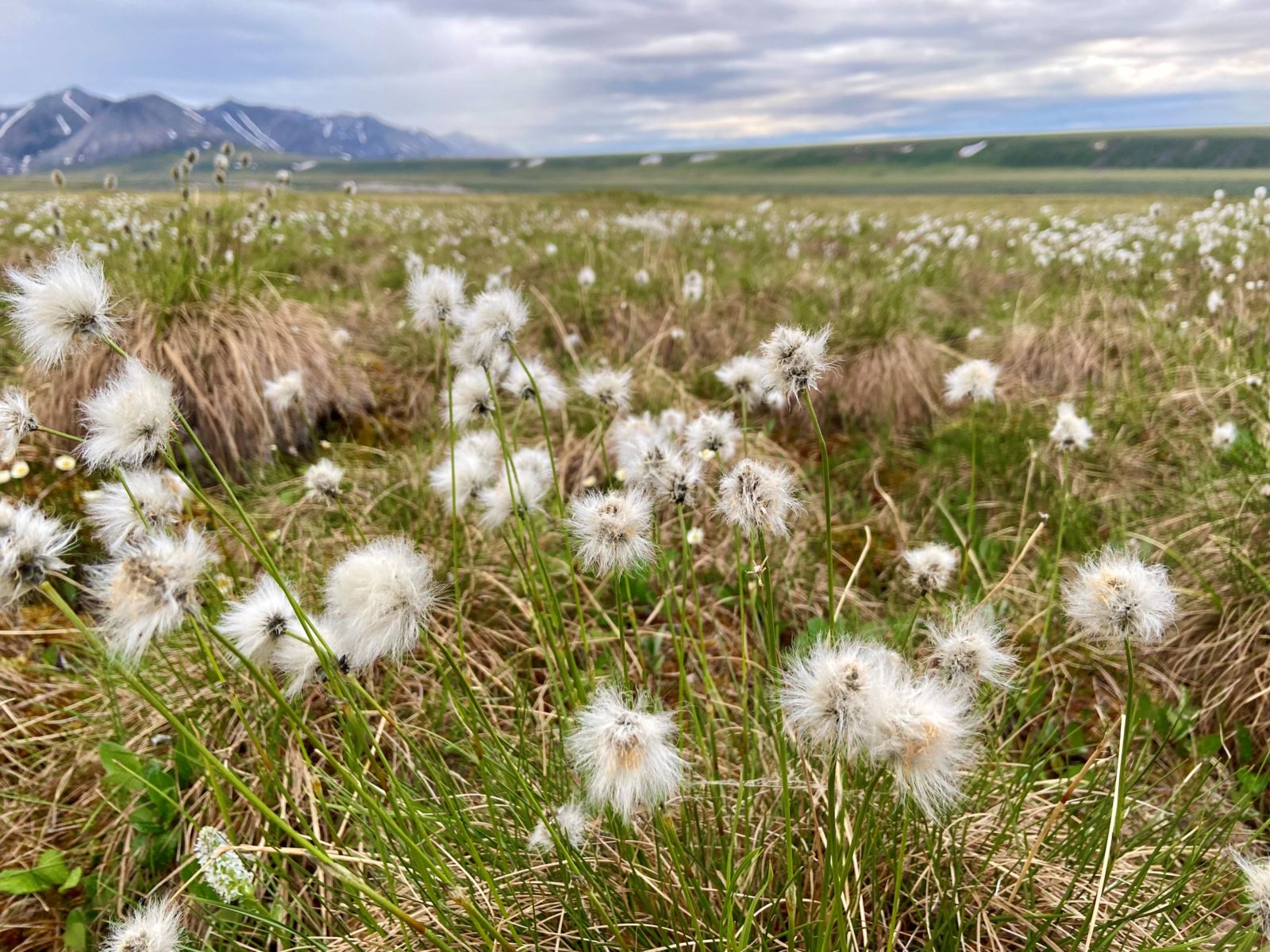
The decision recognizes that the Interior Secretary can suspend leases and the leasing program while assessing and working to fix legal issues. Functionally, the ruling stomped down an attempt to push forward a deeply problematic leasing program that we took to court in 2020.
We intervened in AIDEA v. Biden on behalf of the Gwich’in Steering Committee and 12 allied groups in March 2022 to defend Interior’s suspension of leases.
“This court decision rejects AIDEA’s careless agenda to drill on sacred lands and allows us to continue defending the Porcupine caribou herd and our traditional way of life from a destructive, disrespectful, needless, and illegal leasing program,” said Bernadette Demientieff, executive director of the Gwich’in Steering Committee in its press statement. “We will always protect these sacred lands that connect our people culturally and spiritually. We will always protect the caribou.”
Read the responses from our other clients here.
Before AIDEA and the state filed that case, we agreed to pause our 2020 lawsuit after Interior suspended leases and began a process of addressing legal concerns. We hope to see the only remaining leases from the 2021 lease sale cancelled and significant changes with the leasing program. We expect to see a draft supplemental environmental impact statement for the Arctic Refuge leasing program very soon.
We will look at the draft and decide what we need to do next when working alongside clients, partners, and the majority of Americans who want sacred lands in the Arctic Refuge protected once and for all.
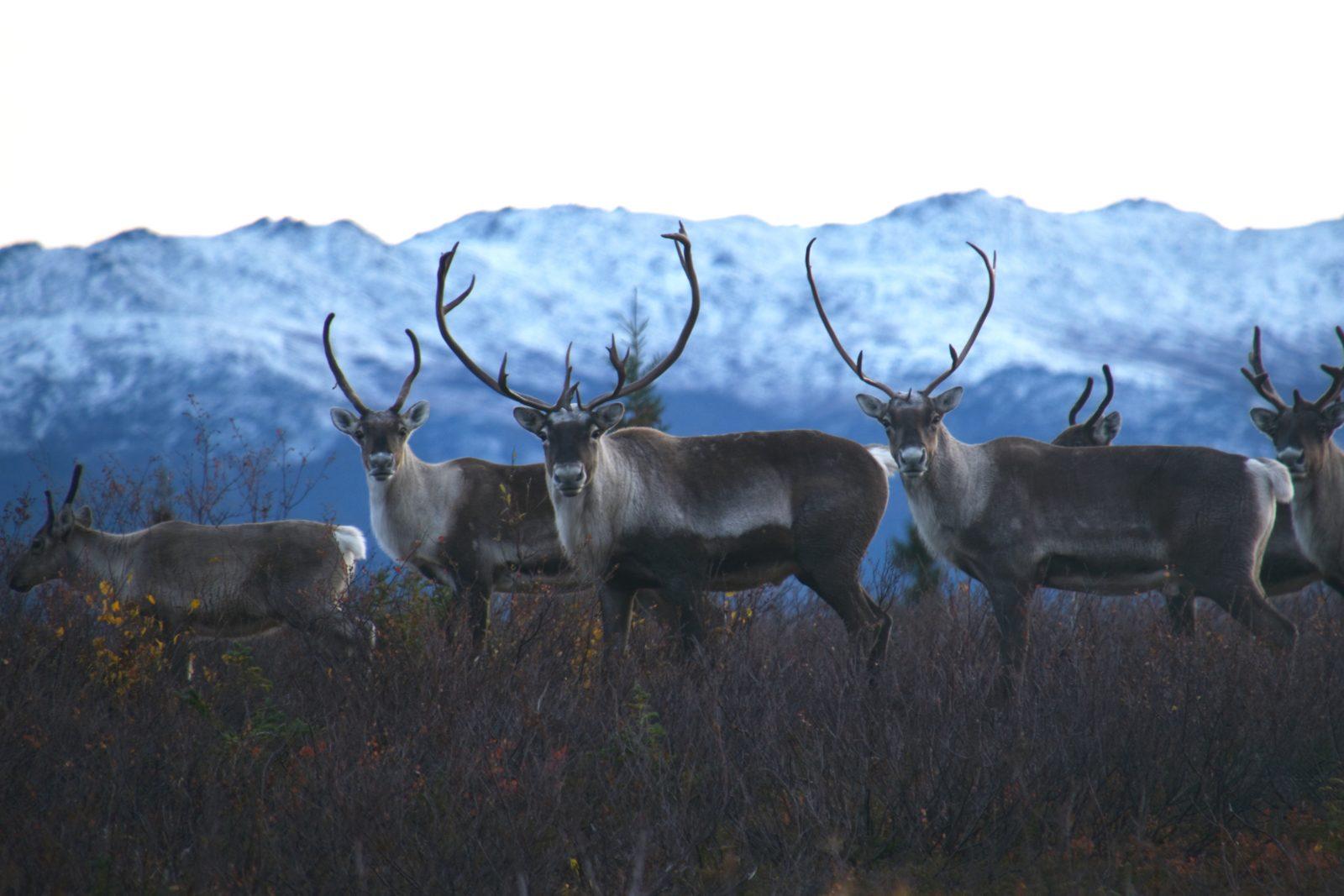
Willow lawsuit briefing begins
The day after the Biden administration approved ConocoPhillips’ Willow project, we filed a lawsuit. That was just months ago.
Outcry about approval of the project—which will pollute the atmosphere with massive amounts of carbon and harm the land and water with massive new industrial construction and extraction—made Willow a word of sorrow and crisis for millions and millions of people concerned about the health of the Arctic, Arctic communities, and the future of the planet.
News cycles have churned, along with more climate-related disasters and devastations, and you may not hear as much about the Willow project or the effort to stop it, but litigation has steadily moved forward.
While we were unable to stop work on the project last winter, we set a quick timeline with the court to try to resolve the case before this upcoming winter construction season. At the end of July, we filed our first brief in our Willow lawsuit, where we called out agencies for unlawfully approving the project.
Our key legal points mostly center on how the U.S. Bureau of Land Management broke multiple laws and failed to do thorough and reasonable analysis when approving the Willow project in the western Arctic—a region integrated with the entirety of Alaska’s Arctic that was given boundaries and named the National Petroleum Reserve-Alaska in the 1900s:
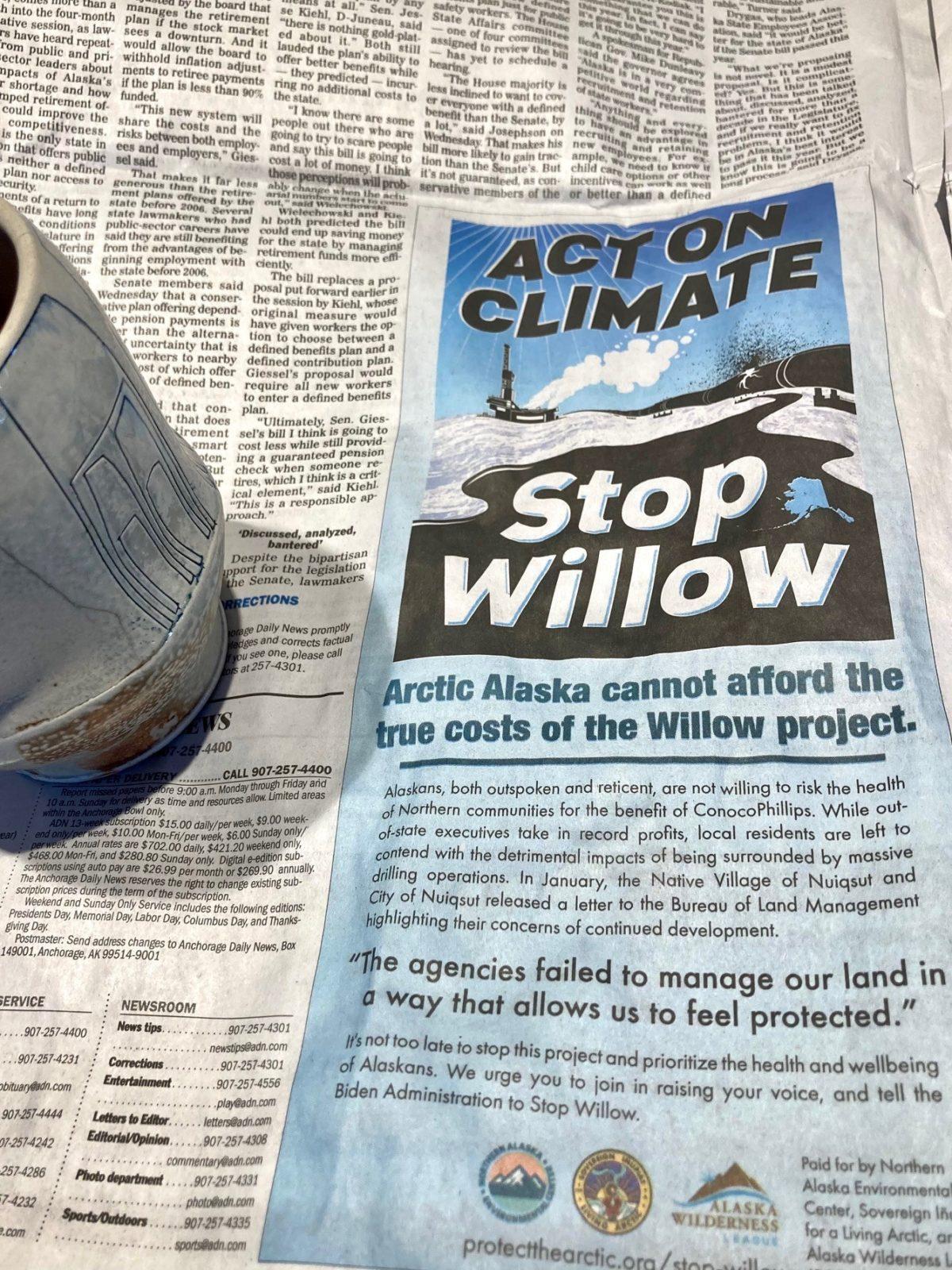
- The Bureau failed to protect designated special areas in the Reserve and only looked at project alternatives that all allowed oil infrastructure like a drilling pad and pipeline in the Teshekpuk Lake Special Area.
- The Bureau failed to consider alternatives to the ConocoPhillips proposal that would be more protective of subsistence users. All the alternatives the Bureau looked at would have profound impacts on local people who hunt, gather, and interrelate with the region in traditional ways, particularly so for folks in Nuiqsut,
- ConocoPhillips plans to make Willow a hub for even more oil and gas expansion, but the agency failed to consider the full impact of Willow’s greenhouse gas emissions and resulting climate impacts, including the emissions from burning oil that would be produced from those future drilling activities.
We also called out the U.S. Fish and Wildlife Service for failing to consider impacts on polar bears, who are already listed under the Endangered Species Act because of climate impacts reducing populations to near extinction levels.
What’s next for the western Arctic
The federal government, ConocoPhillips, and other groups that intervened in the case will respond to our briefs by the end of the month. We requested a decision from the court by November before next winter’s ice road and construction season begins, because ConocoPhillips has an aggressive plan to build the gravel road and other infrastructure, which will have immediate and long-term on-the-ground impacts.
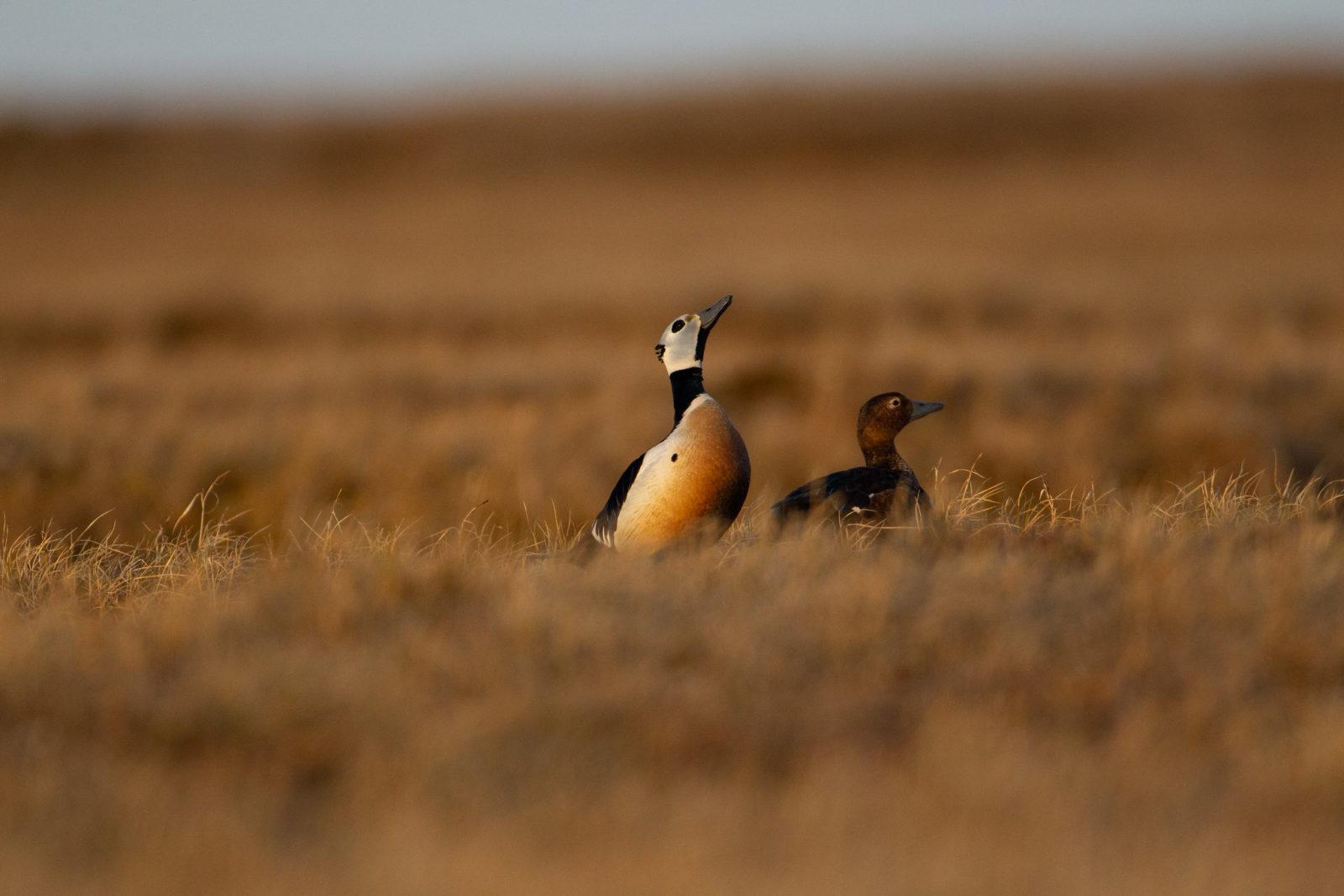
We continue our effort to protect the Arctic in court as well as through agency processes. We expect the Biden administration to begin a regulatory process focused on the Reserve soon and will join many others in advocating for enduring protections for designated special areas in the Reserve, along with an expansion of areas where oil and gas leasing and industrialization will be prohibited to protect the health and wildlife of this important region.
The agency processes coming up on both the Arctic Refuge and Reserve will require public comment periods. Stay tuned for when and how you can protect the Arctic in the months to come.


